Amherst to install plaque recognizing Westside Historic District, where Black, Afro-Indigenous families once lived
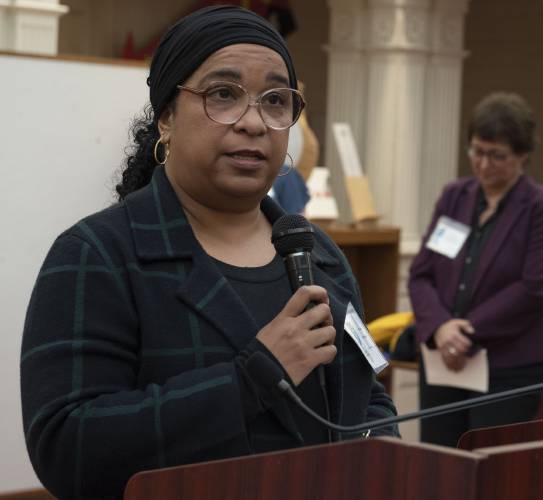
Amherst Town Councilor Anika Lopes will lead a brief ceremony Thursday installing a plaque to recongize the Westside National Historic District that was once home to Black and Afro-Indigenous families. GAZETTE FILE PHOTO
| Published: 12-20-2023 1:00 PM |
AMHERST — A haven for Black and Afro-Indigenous families, a 40-acre stretch along Hazel Avenue, Baker Street and Snell Street is being recognized as the Westside National Historic District.
On Thursday at 11 a.m., District 4 Councilor Anika Lopes will help lead a brief ceremony installing a plaque to honor those who lived in the neighborhoods, located east of Northampton Road between University Drive and Blue Hills Road and west of the former Boston and Maine Railroad.
The event comes after the Town Council this week adopted a proclamation stating that the Westside District “stands as a testament to the resilience and rich heritage of the Black and Afro-Indigenous community” and was a place where these families “could live and own their homes during a period marked by housing segregation, exclusionary zoning and red-lining.”
“This is a historic moment in acknowledging the vibrancy of the Westside District and the first Black and Afro-Indigenous families and community of Amherst,” Lopes said.
The proclamation, and the information, also recognize what Lopes said was the tireless work of her grandfather, Dudley Bridges Sr., a World War II veteran who died in 2004. “This was his life’s work. Decades (and) centuries of information,” Lopes said.
What he uncovered represents community and family, including those who predated the American colonies, yet whose stories have been intentionally erased from history, and who were excluded from participating in their communities, Lopes said.
That work supplements what her grandfather also did for the Civil War plaques, on display at the Bangs Community Center. Those handcrafted memorials, donated to the town by the Grand Army of the Republic in 1893, highlight Black and Afro-Indegnous residents who served in the 54th Regiment and 5th Calvary. Those soldiers informed people in Galveston, Texas that the Civil War had ended, and so had slavery. Lopes said that means Amherst has an important place in the creation of the Juneteenth national holiday.
Lopes added that her mother, Debora Bridges, is the curator for the Civil War plaques exhibit, coincidentally in the same building where Bridges went to elementary school in the 1960s.
Article continues after...
Yesterday's Most Read Articles
 A Waterfront revival: Two years after buying closed tavern, Holyoke couple set to open new event venue
A Waterfront revival: Two years after buying closed tavern, Holyoke couple set to open new event venue
 ‘We can just be who we are’: Thousands show support for LGBTQ community at Hampshire Pride
‘We can just be who we are’: Thousands show support for LGBTQ community at Hampshire Pride
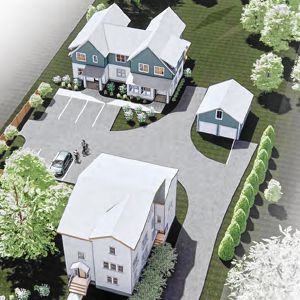 3-unit, 10-bed house in backyard called too much for Amherst historic district
3-unit, 10-bed house in backyard called too much for Amherst historic district
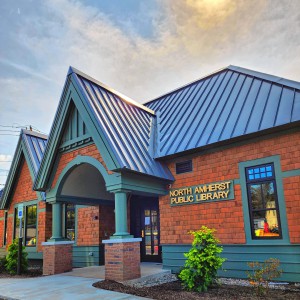 ‘Home away from home’: North Amherst Library officially dedicated, as anonymous donor of $1.7M revealed
‘Home away from home’: North Amherst Library officially dedicated, as anonymous donor of $1.7M revealed
 UMass basketball: Matt Cross announces he’s transferring to SMU for final year of eligibility
UMass basketball: Matt Cross announces he’s transferring to SMU for final year of eligibility
 Retired superintendent to lead Hampshire Regional Schools on interim basis while search for permanent boss continues
Retired superintendent to lead Hampshire Regional Schools on interim basis while search for permanent boss continues
“In fourth grade, her teacher said to her, as they were studying the Civil War, ‘you’re a little colored girl, what did it feel like to be a slave?’” Lopes said
More than 50 years later, her mother is seeing how people can be uplifted through understanding the full history.
“We talk about what if that teacher had said, ‘what does it feel like to know you’re connected to heroes and people who participated in the very foundation of this town?’”
Scott Merzbach can be reached at smerzbach@gazettenet.com.

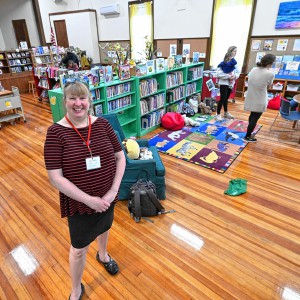 Doors open at Tilton Library’s temporary home at South Deerfield Congregational Church
Doors open at Tilton Library’s temporary home at South Deerfield Congregational Church Area property deed transfers, May 2
Area property deed transfers, May 2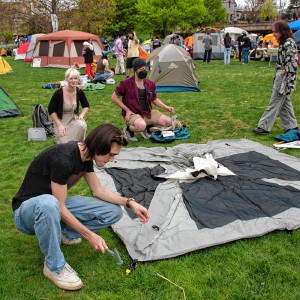 Pro-Palestinian encampment disperses at UMass, but protests continue
Pro-Palestinian encampment disperses at UMass, but protests continue
